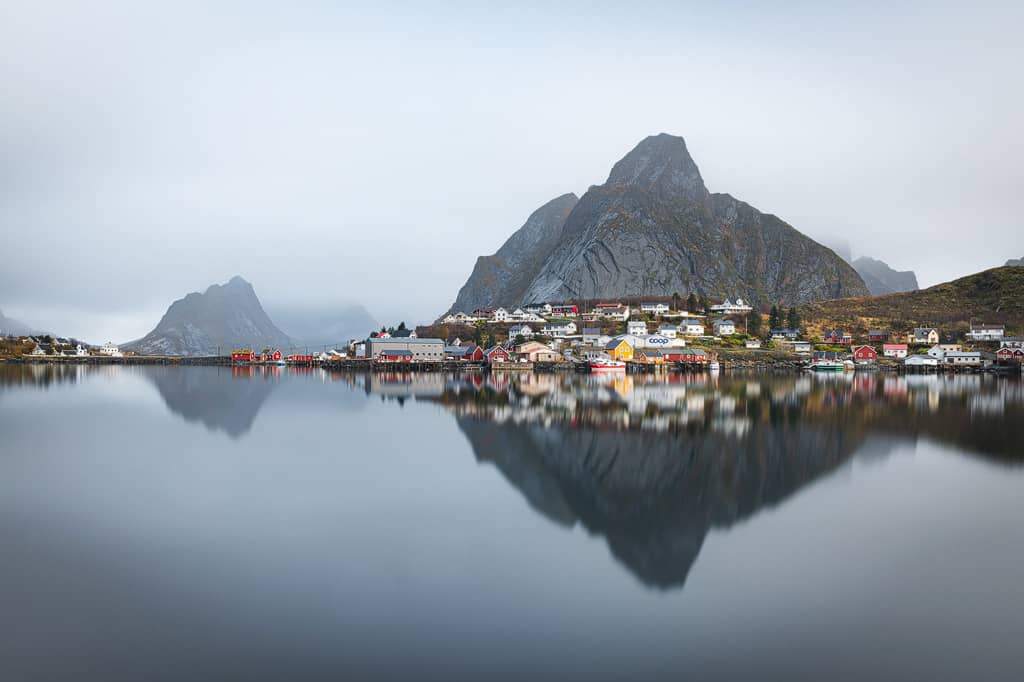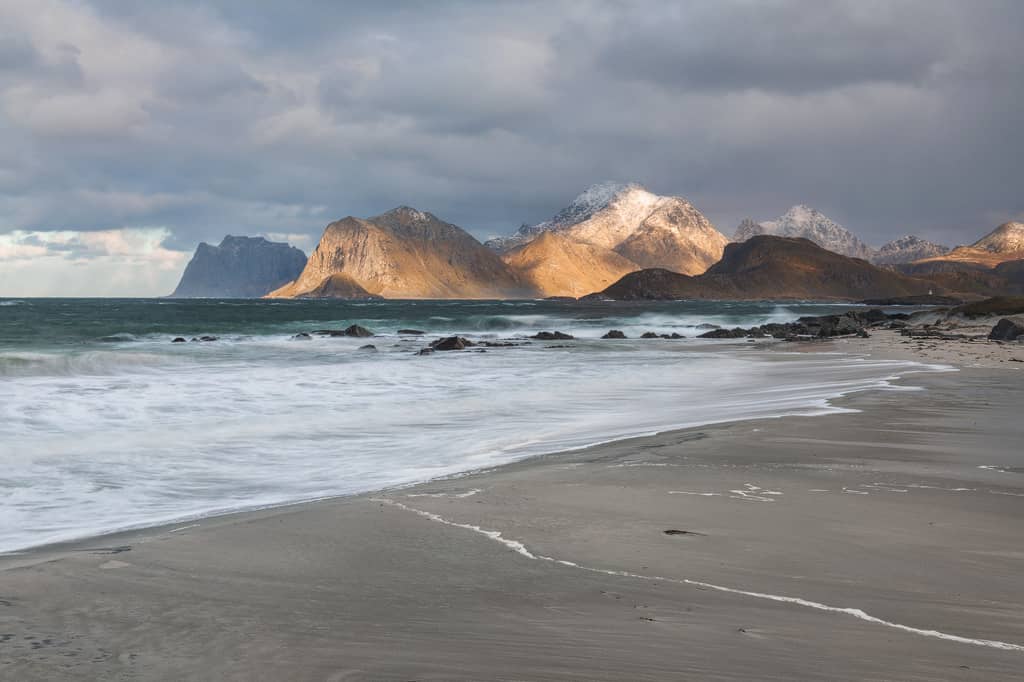Landscape photography is a beautiful and captivating art form, but capturing breathtaking images requires more than just pointing and clicking. Composition plays a crucial role in creating impactful images that evoke emotion and tell a story. In this comprehensive guide, we will explore the fundamentals of landscape photography composition, and I’ll share tips and techniques to help you take your landscape photos to the next level.
What is Landscape Photography Composition?
Landscape photography composition refers to the way elements within a scene are arranged in the frame. Good composition is essential in creating aesthetically pleasing images that draw the viewer’s eye, and effectively communicate the intended message or mood.
It can be compared to putting together a puzzle. Just as each puzzle piece has a specific shape and place in the larger picture, each element in a landscape scene must be positioned in a way that fits together to create a cohesive and visually appealing image. Just as a missing piece can disrupt the overall image of a puzzle, a mispositioned element in a landscape scene can detract from the overall beauty of the image. Like solving a puzzle, composing a landscape photograph requires careful consideration and attention to detail, but the end result can be a beautiful and captivating image that tells a story and evokes emotion.
The Importance of Landscape Photography Composition
Landscape photography composition plays a vital role in capturing the beauty and essence of a scene. By carefully considering the placement of elements, such as the sky, horizon, and foreground, photographers can convey a sense of scale, depth, and atmosphere. Good composition can also help to create balance and symmetry in an image, making it visually appealing and engaging to the viewer.
Landscape Photography Composition Techniques
There are several techniques and principles that can be applied to landscape photography composition to help create stunning images.
Rule of Thirds
The Rule of Thirds is a widely used composition technique in photography. It involves dividing the frame into thirds both horizontally and vertically, and placing the subject or elements along these lines, or at the intersections. This creates balance and interest in the image, and helps to avoid placing the subject dead center, which can appear static and uninteresting.
Leading Lines
Leading lines are lines within a scene that guide the viewer’s eye through the image. This can be a natural feature, such as a river, road or fence, or it can be created by the placement of elements within the frame. Leading lines can help to create depth and a sense of movement, making the image more dynamic and engaging.
Foreground Interest
Foreground interest refers to the addition of elements in the front of the frame, such as rocks, flowers, or trees. These elements help to create depth and add a sense of scale to the image. Foreground interest can also be used to lead the viewer’s eye into the scene, making the image more dynamic and engaging.
Symmetry and Patterns

Symmetry and patterns can be used to create balance and interest in a landscape image. Reflections in water, repeated patterns in nature, and man-made structures can all be used to create visually appealing images that draw the viewer’s eye.
FAQs about Landscape Photography Composition
- What is the best lens for landscape photography composition?
A: There is no one best lens for landscape photography composition as it ultimately comes down to personal preference and the scene being captured. However, wide-angle lenses are popular for their ability to capture a broad field of view, and telephoto lenses are useful for capturing details in the distance.
- How do I use the Rule of Thirds in landscape photography composition?
A: To use the Rule of Thirds in landscape photography composition, divide the frame into thirds both horizontally and vertically, and place the subject or elements along these lines, or at the intersections. This creates balance and interest in the image.
- What is foreground interest in landscape photography composition?
A: Foreground interest refers to the addition of elements in the front of the frame, such as rocks
, flowers, or trees. These elements help to create depth and add a sense of scale to the image, making it more dynamic and engaging.
- How can I create symmetry in landscape photography composition?
A: Symmetry can be created by finding natural patterns or reflections in a scene, and positioning the camera to align these elements in the frame. This creates balance and interest in the image, and can make it visually appealing to the viewer.
- What are leading lines in landscape photography composition?
A: Leading lines are lines within a scene that guide the viewer’s eye through the image. This can be a natural feature, such as a river, road, or fence, or it can be created by the placement of elements within the frame. Leading lines help to create depth, a sense of movement, and make the image more dynamic and engaging.
Conclusion
It’s important to remember that landscape photography composition is a subjective art form, and there’s no right or wrong way to do it. What works for one photographer may not work for another, and that’s okay.
In summary, landscape photography composition is a crucial aspect of capturing stunning images that showcase the beauty of nature. By applying techniques such as the Rule of Thirds, leading lines, foreground interest, and symmetry, photographers can create dynamic, engaging, and visually appealing images. The key to great landscape photography composition is to experiment, find what works best for you, and never stop learning and growing as a photographer.
So, get out there, capture the beauty of the world, and create some truly amazing landscape photography compositions!


